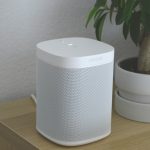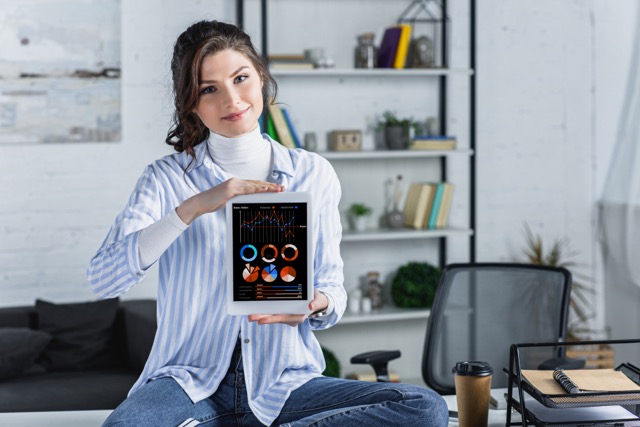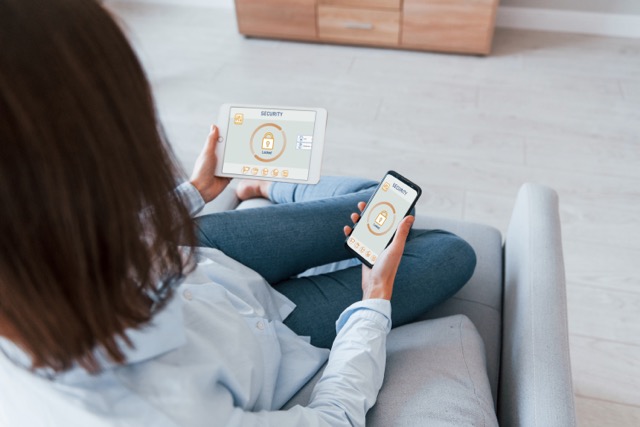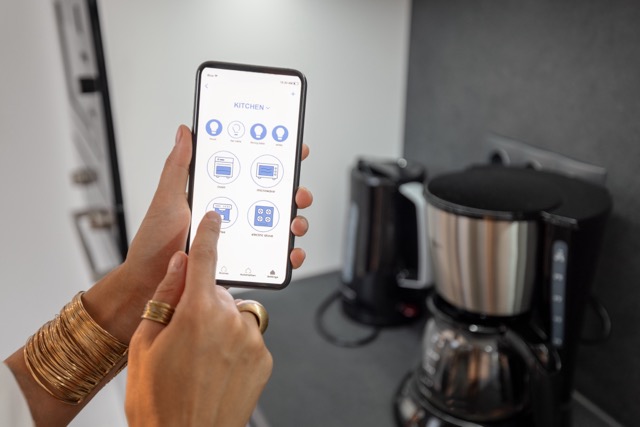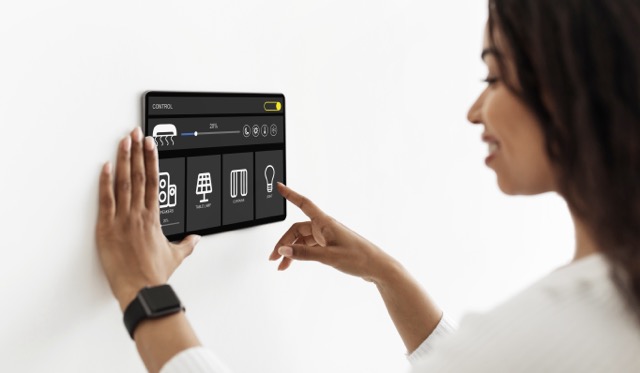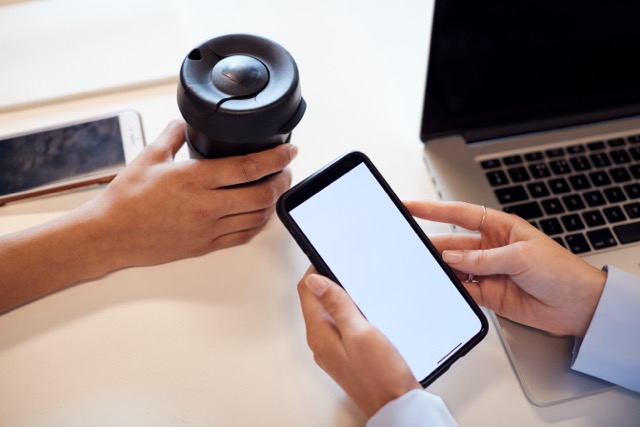In the rapidly evolving landscape of technology, few inventions have managed to capture the imagination and improve daily life as significantly as the AI-powered smart home cleaning robot. This remarkable innovation not only revolutionizes the way we approach household chores but also showcases the potential of artificial intelligence in enhancing efficiency and convenience. At the heart of this breakthrough is a visionary who dared to challenge traditional cleaning methods and integrate cutting-edge technology into our homes.
The Visionary Behind the Revolutionary Cleaning Robot Innovation
The inception of the first AI-powered smart home cleaning robot can be attributed to the innovative mindset of Dr. James O’Sullivan, an engineer and computer scientist whose passion for robotics and automation began in his childhood. Recognized for his prowess in artificial intelligence and machine learning, Dr. O’Sullivan combined his expertise with a personal desire to alleviate the burdens of mundane household tasks. His vision was clear: to create a robotic solution that would seamlessly integrate into daily life, enhancing convenience while ensuring an efficient cleaning experience.
Dr. O’Sullivan’s journey began at a leading tech company, where he assembled a team of like-minded engineers and designers. Their objective was not only to build a prototype but also to ensure that the robot could understand its environment, learn from its experiences, and adapt to different cleaning needs. Driven by the belief that technology should empower users rather than complicate their lives, Dr. O’Sullivan emphasized user-friendly designs and intuitive interfaces, making the robot accessible to a wide range of consumers.
The culmination of years of research and development led to the launch of the revolutionary cleaning robot, a product that garnered widespread acclaim for its efficiency and innovation. Dr. O’Sullivan’s commitment to pushing the boundaries of what was possible with smart technology ultimately paved the way for a new era in home cleaning, inspiring others in the field of robotics and AI to explore new possibilities.
Unveiling the Technology that Transformed Home Cleaning
The technology behind the AI-powered cleaning robot is a marvel of modern engineering and computer science. At its core is a sophisticated combination of sensors, cameras, and artificial intelligence algorithms that allow the robot to navigate complex home environments autonomously. The robot employs LiDAR (Light Detection and Ranging) and computer vision to create a detailed map of a home, enabling it to identify obstacles, determine the most efficient cleaning path, and avoid collisions.
Machine learning algorithms play a crucial role in the robot’s ability to improve its performance over time. As the robot cleans, it collects data on various surfaces, types of dirt, and cleaning patterns. This information is analyzed to optimize its cleaning strategy, allowing it to adapt to the unique characteristics of each home. The integration of AI not only enhances the robot’s efficiency but also ensures that it can discern between different cleaning tasks, whether it’s vacuuming carpets or mopping hardwood floors.
Furthermore, the robot is equipped with smart connectivity features that enable it to communicate with other IoT devices in the home. Users can control the robot remotely through a mobile app, schedule cleaning sessions, and receive real-time updates on cleaning progress. This interconnectedness bridges the gap between technology and daily life, making home cleaning a hassle-free experience and demonstrating the transformative power of AI in our homes.
Impact of AI-Powered Robots on Modern Household Dynamics
The introduction of AI-powered cleaning robots has significantly altered the dynamics of modern households. For many families, the robot has become an indispensable member of the household, taking over time-consuming chores and allowing individuals to allocate their time to more meaningful activities. The convenience of automated cleaning means that parents can focus on spending quality time with their children, professionals can dedicate extra hours to their work, and seniors can maintain independence without the burden of physical cleaning tasks.
Moreover, the presence of these robots has fostered a greater acceptance of technology in everyday life. As households become more accustomed to integrating AI solutions, there is a growing appreciation for the potential benefits that smart technology brings. Families are increasingly embracing the idea of a smart home—where cleaning, security, and energy management can all be controlled and optimized through technology. This shift signals a broader trend towards innovation in domestic life, encouraging further advancements in home automation.
However, it’s essential to consider the societal implications of relying on AI-powered cleaning robots. While they enhance convenience, there are ongoing discussions about the potential impact on job markets, particularly in sectors such as domestic cleaning services. As technology continues to evolve, it will be crucial for society to find a balance between embracing innovation and ensuring equitable opportunities for all.
The Future of Smart Cleaning: Trends and Innovations Ahead
The future of smart cleaning is poised for unprecedented growth, driven by continuous advancements in technology and an increasing demand for home automation solutions. One notable trend shaping the industry is the development of more advanced artificial intelligence algorithms that enable robots to perform complex cleaning tasks with greater precision. The incorporation of natural language processing will also allow users to communicate with their cleaning robots more intuitively, making the experience even more user-friendly.
Additionally, as sustainability becomes a priority for consumers, manufacturers are exploring eco-friendly materials and energy-efficient designs. Future smart cleaning robots are expected to utilize advanced filtration systems that capture allergens and pollutants, contributing to healthier indoor environments. Moreover, innovations in battery technology will likely lead to longer-lasting, more efficient devices that operate seamlessly without the need for frequent recharging.
Lastly, the convergence of AI with other technologies, such as augmented reality (AR) and the Internet of Things (IoT), will redefine how we perceive and utilize smart cleaning solutions. Imagine a future where your cleaning robot not only performs its duties but also provides real-time feedback on home cleanliness or guides users on maintenance tasks through AR overlays. As these innovations unfold, the potential for AI-powered cleaning robots to enhance our living spaces will continue to expand, offering exciting possibilities for smarter homes.
The invention of the first AI-powered smart home cleaning robot represents a significant turning point in domestic life, merging advanced technology with practical solutions for everyday challenges. Led by the visionary Dr. James O’Sullivan, this innovation has transformed how we approach home cleaning, impacting household dynamics and paving the way for a smarter, more efficient future. As technology continues to evolve, the journey of smart cleaning solutions is just beginning, promising a world where convenience and sustainability harmoniously coexist in our homes.




